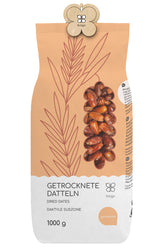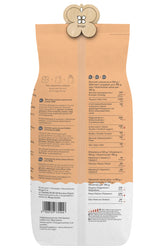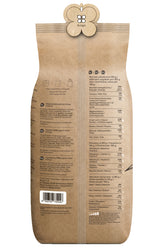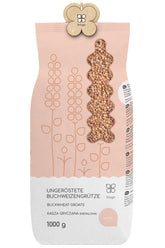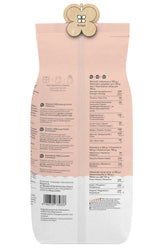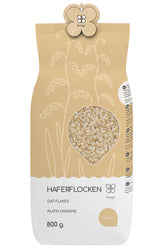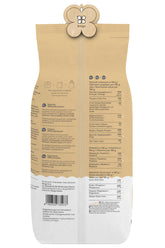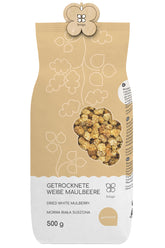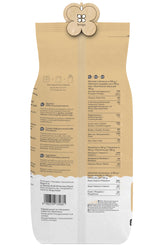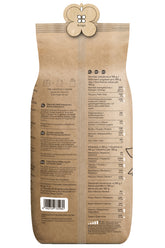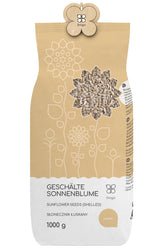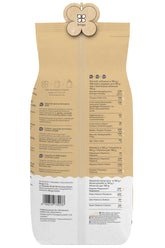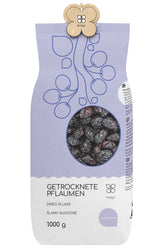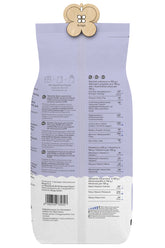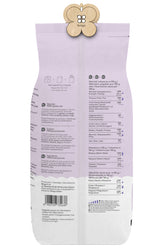As a laboratory chemist or scientist, it is important to use methylene blue correctly and safely. Methylene blue is a versatile dye with numerous applications, but it must be handled with care. In this blog post, we provide you with valuable tips for the professional use of methylene blue.
Properties and uses of methylene blue
Methylene blue, also known as methylthioninium chloride, is a synthetic dye used in various industries and research fields. Some of the main properties and uses of methylene blue are:
Staining properties
Methylene blue is a blue dye that produces an intense blue coloration in aqueous solutions. Therefore, it is frequently used in histology, cytology, and microbiology for staining tissues, cells, and bacteria.
Redox indicator
Methylene blue is a redox indicator that changes color depending on the oxidation state. In an oxidizing environment, methylene blue appears blue, while in a reducing environment, it becomes colorless (white). This color change makes methylene blue a useful tool in analytics and biochemistry.
Medical applications
In medicine, methylene blue is used to treat methemoglobinemia, a blood disorder. It is also used as a dye in surgical procedures to make tissues visible.
Further applications
In addition to the mentioned applications, methylene blue is also used in the textile, paper, and cosmetics industries. Furthermore, it serves as a component in inks, paints, and dyes.
Safety aspects when handling methylene blue
Although methylene blue is versatile, caution must be exercised when handling it. Here are some important safety aspects to consider:
Health risks
Methylene blue can be harmful if inhaled, swallowed, or in contact with the skin. It can cause irritation of the respiratory tract, digestive system, and skin. Therefore, it is important to wear appropriate protective equipment such as lab coats, gloves, and safety goggles when handling methylene blue.
Disposal
Methylene blue-containing waste must be disposed of properly. It must not enter the environment, as the dye can burden aquatic organisms. Familiarize yourself with the applicable disposal regulations in your state or region.
Storage
Methylene blue should be stored cool, dry, and protected from light. Direct sunlight can decompose the dye. Also ensure that methylene blue is stored separately from food, feed, and medications.
Professional application of methylene blue
To use methylene blue safely and effectively, we recommend the following procedure:
Preparation
Read the safety data sheet carefully and familiarize yourself with the properties and hazards of methylene blue. Prepare the necessary protective equipment.
Dosage and dilution
Use methylene blue only at the required concentration. Overdosing can be harmful. Always prepare solutions fresh and discard leftovers, as methylene blue in solution can decompose over time.
Work environment
Perform work with methylene blue in a well-ventilated laboratory. Avoid open areas where the dye could be spilled. Clean work surfaces and equipment thoroughly after use.
Disposal
Dispose of methylene blue-containing waste according to applicable regulations. Do not pour liquid residues down the drain; instead, collect them in suitable containers.
Documentation
Keep careful records of methylene blue usage. Note the quantity, concentration, purpose of use, and other relevant information. This facilitates traceability.
By following these tips, you can use methylene blue safely and effectively in your laboratory work, research projects, or other applications. Do not hesitate to consult your supervisors or safety officers if you have any questions or uncertainties.
Conclusion
Methylene blue is a versatile dye with numerous applications in science and industry. However, handling this chemical requires special precautions. By observing the described safety aspects and applying it professionally, you can use methylene blue safely and efficiently in your work. Always remain vigilant and stay informed about current safety regulations.
If you have any further questions on the subject, do not hesitate to contact us. Our team of experts is happy to assist you with advice and support.

